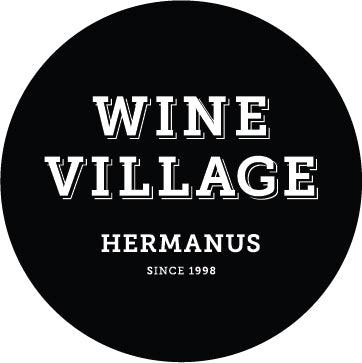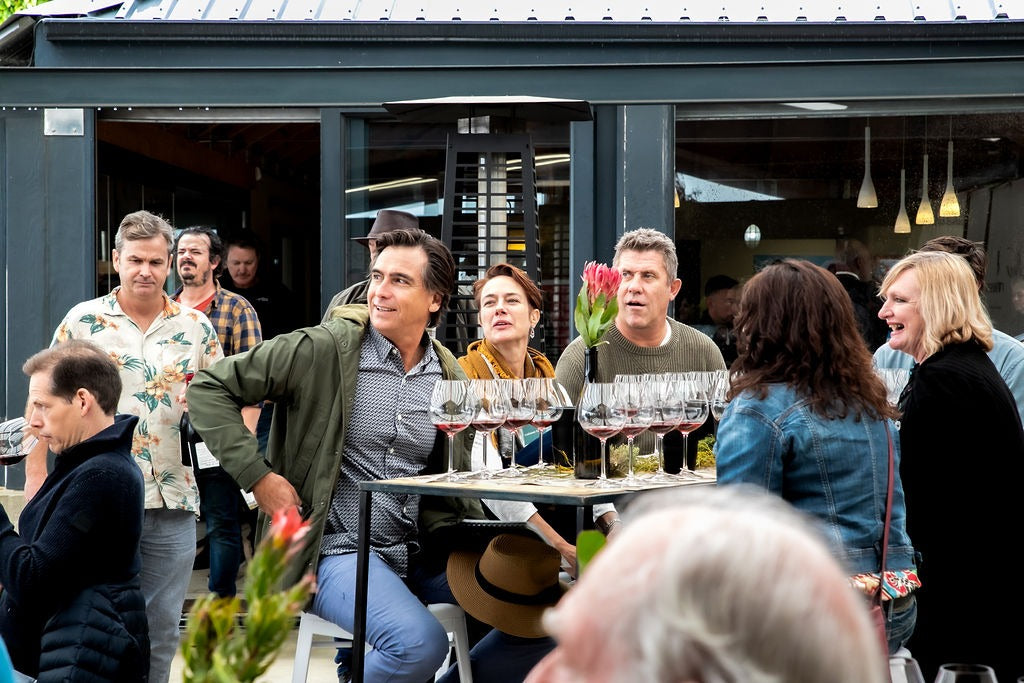If you are interested in wine enough to be reading a wine column (and I am glad you are), you may well have come across the term “terroir”. Simply translated, it means “the place” a wine comes from, and to English-speakers it sounds like the ground itself. But it actually refers to a whole lot more – it’s the soil, the aspect of the vineyard, the micro- and macroclimate, the winemaking and the winemaker.
Sorry to jump into the deep end with my first wine column, but a number of recent tastings of local wines have explored the influence of “terroir” on wine again and here’s a summary. The first was an event presenting the chardonnays of Elgin. The wine-growers here are making a strong claim that they are leading the way with quality chardonnay – and while the Hemel-en-Aarde wine-makers may contest this, there is no doubt that Elgin is making fantastic wines from this grape.
The confidence of Elgin is rooted in the cool climate of the area, specifically in their good diurnal fluctuation (the difference between day and night temperatures) and particularly the very cold nights and winters. They also typically have cloud cover over the vines. All of this helps to protect acidity in the grape and its essential fruit flavours. Chardonnay is a naturally low-acid grape, and it can become “flabby” if you don’t protect the acidity through a cooler ripening phase.
Some of my favourites were the Paul Clüver with its bright and lively character; this is a wine that has unfurling layers of flavour. Then the Thelema Sutherland 2021 is richer chardonnay with a full palate of luscious fruit. The Almenkerk 2021 is in the more voluptuous style, with a broad palate, rich with nutty and citrus flavours – this one is for lovers of the classic South African style.
The second event was an exploration of the pinot noirs of the Hemel-en-Aarde Valley. The Hemel-en-Aarde Valley has been sub-divided into three “appellations” or wards – allowing more codified exploration of “terrior”. The key distinctions between the three wards are rainfall, altitude, distance from the ocean, and predominant soil types. These all play a vital role in the personality of wine.
The “original” ward is what is now called “Hemel-en-Aarde Valley” where the wineries of Hamilton Russell and then Bouchard Finlayson put the valley on the map, later followed by “Upper Hemel-en-Aarde Valley” a few kilometres up the road and finally, the newest, being “Hemel-en-Aarde Ridge” – the highest part before one leaves the demarcated zone.
The “Valley” has a heavier soil structure – difficult for vines to flourish but great for creating rich and characterful flavours. These wines age very well, and appeal to classic Pinot noir lovers. The Upper Hemel-en-Aarde Valley has more granitic, lighter soils and the wines display a brighter, often lighter character than the Valley wines. There is a lifted, bright fruit element that beguiles but the wines have a subtle power beneath the perfume. The soils of the Hemel-en-Aarde Ridge are again heavier but these are the highest-lying vineyards. The wines have lovely florals and spice and plenty of berry notes; while the texture of the wines is mid-way between the richness of Valley and delicacy of Upper.
For classic Valley style, Hamilton Russell remains a benchmark, while Upper Valley has more recently seen Newton Johnson as a local and global flag-bearer. For Ridge, the Storm Ridge pinot noir is the perfect illustration.
Don’t worry if this all seems too complicated – take it as a sign that our local wineries are striving to make better and better wines by understanding their place between the sun and the soil better. We sure are fortunate to be in such a dynamic wine region!
Image credit: Nicole du Toit

